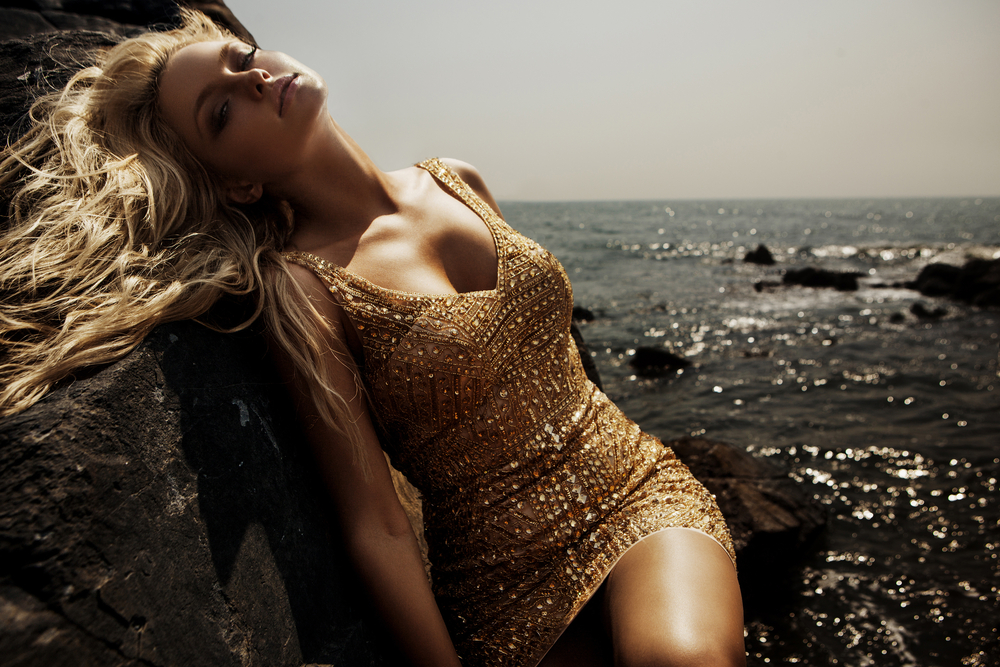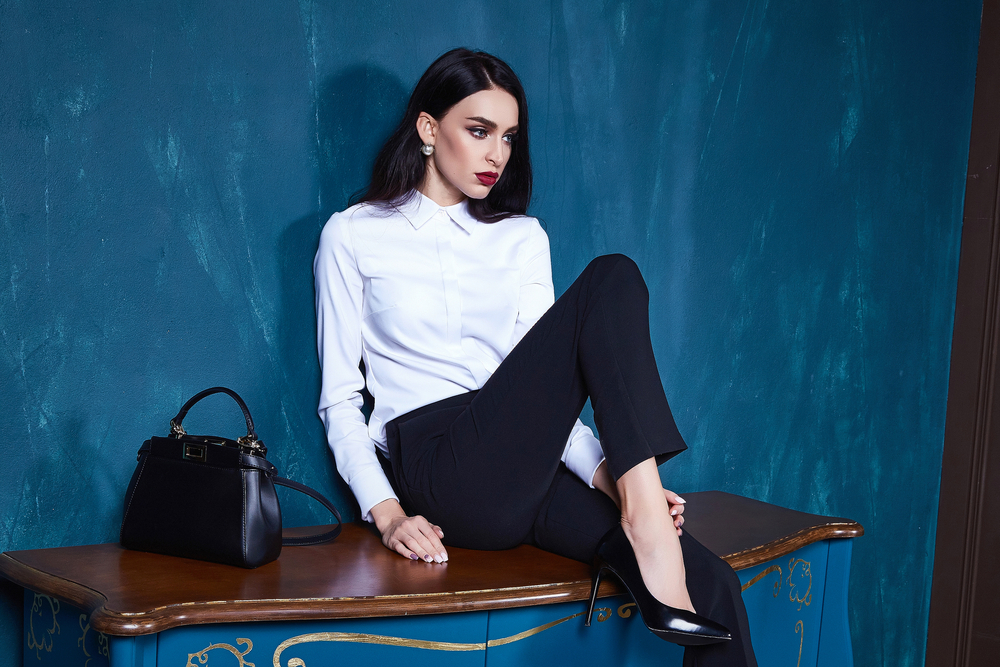
The Art of Modeling: Unveiling the Secrets Behind the Runway, Fashion, and Beauty Industry
The Art of Modeling: Unveiling the Secrets Behind the Runway, Fashion, and Beauty Industry
Introduction
The world of modelling is a captivating one. From the glamorous runways to the glossy magazine covers, models exude an undeniable allure. But behind the scenes, an intricate web of talent, hard work, and secrets holds the industry together. In this article, we will delve into the art of modeling , shedding light on the behind-the-scenes workings of the runway, fashion, and beauty industry, where models are the true protagonists.
The Journey of a Model
Becoming a successful model is no easy feat. It requires dedication, passion, and a strong sense of self. Many aspiring models start their journey by attending casting calls and auditions for fashion shows, advertisements, and photo shoots. The competition is fierce, with hundreds of hopefuls vying for a limited number of spots. To stand out, models need to possess not only exceptional physical attributes but also a unique personality that can captivate both designers and clients.
The Role of a Runway Model
When we think of models, the first image that comes to mind is often that of a runway model, gracefully strutting down the catwalk. On the runway, models bring designer collections to life, showcasing the latest trends and styles. But there's more to being a runway model than just walking. They must embody the vision and aesthetic of the designer, showcasing their garments in a way that captivates the audience. From perfecting their walk to mastering their expressions, runway models must possess the ability to communicate the essence of the clothing they wear.
The Influence of Fashion Modeling
Fashion modeling goes beyond the runway. It permeates print media, online platforms, and social media. Models are the faces that grace the pages of fashion magazines, bringing clothing to life and inspiring consumers. In a society driven by visuals, their influence in shaping fashion trends and consumer choices cannot be underestimated. Through their effortless presence in advertisements, they become aspirational figures, promoting not only clothing but also beauty ideals and lifestyles.
The Challenges of Beauty Modeling
Beauty modeling focuses on the details, highlighting skincare, makeup, and hair products. Models in this realm must possess flawless skin, symmetrical features, and the ability to transform into different looks. Beauty campaigns often heavily rely on perfection, creating an unrealistic standard that models are expected to meet. The pressure to maintain an impeccable appearance can take a toll on their mental and physical well-being.
The Role of Diversity in Modeling
In recent years, the fashion industry has aimed to break the mold and embrace diversity in modeling. A push for inclusion of various body types, ethnicities, and ages has started to reshape the industry's standards. More than ever before, models no longer fit into a singular mold. This shift aims to empower individuals who have traditionally been underrepresented in the industry and encourage positive body images among consumers.
Frequently Asked Questions
1. How tall do you have to be to become a model?There is no one-size-fits-all answer to this question. Height requirements vary depending on the type of modeling. Runway models are usually expected to be taller, often within a range of 5'8" to 6'0", while commercial or print models may have more flexibility in height.
2. Is it necessary to have professional photos to start a modeling career?
While professional photos can be beneficial, they are not a prerequisite for starting a modeling career. Agencies and clients often look for potential in aspiring models, so focus on developing your portfolio with high-quality images that showcase your versatility and potential.
3. What should I wear to a modeling audition or casting call?
When attending auditions or casting calls, it's crucial to wear something that highlights your natural beauty and physique. Opt for form-fitting clothing that accentuates your shape without distracting from your features. Neutral colors and minimal makeup are usually preferred.
4. Can anyone become a model?
Modeling industry standards have evolved to embrace diversity. While physical attributes are important, there is no single mold for models anymore. Agencies and clients are looking for unique looks, personalities, and potential. If you have the passion, confidence, and dedication, you could have a chance at a successful modeling career.
5. How do I handle rejection in the modeling industry?
Rejection is a common part of the modeling industry. It's important to remember that it is not a reflection of your worth or capabilities. Use each rejection as an opportunity to grow and improve. Stay positive, continue to work on your skills, and keep pursuing your dreams.
Conclusion

The art of modeling is a complex and multifaceted world, filled with beauty, imagination, and hard work. Behind the glamorous facade, models dedicate themselves to bringing designers' visions to life and shaping the fashion and beauty industry. By understanding the intricacies of the modeling world, we gain a deeper appreciation for the artistry and talent that go into every step on the runway and beyond.
Other useful resources
- https://en.wikipedia.org/wiki/Category:Models_by_modeling_agency
- https://en.wikipedia.org/wiki/Category:Modeling_agencies